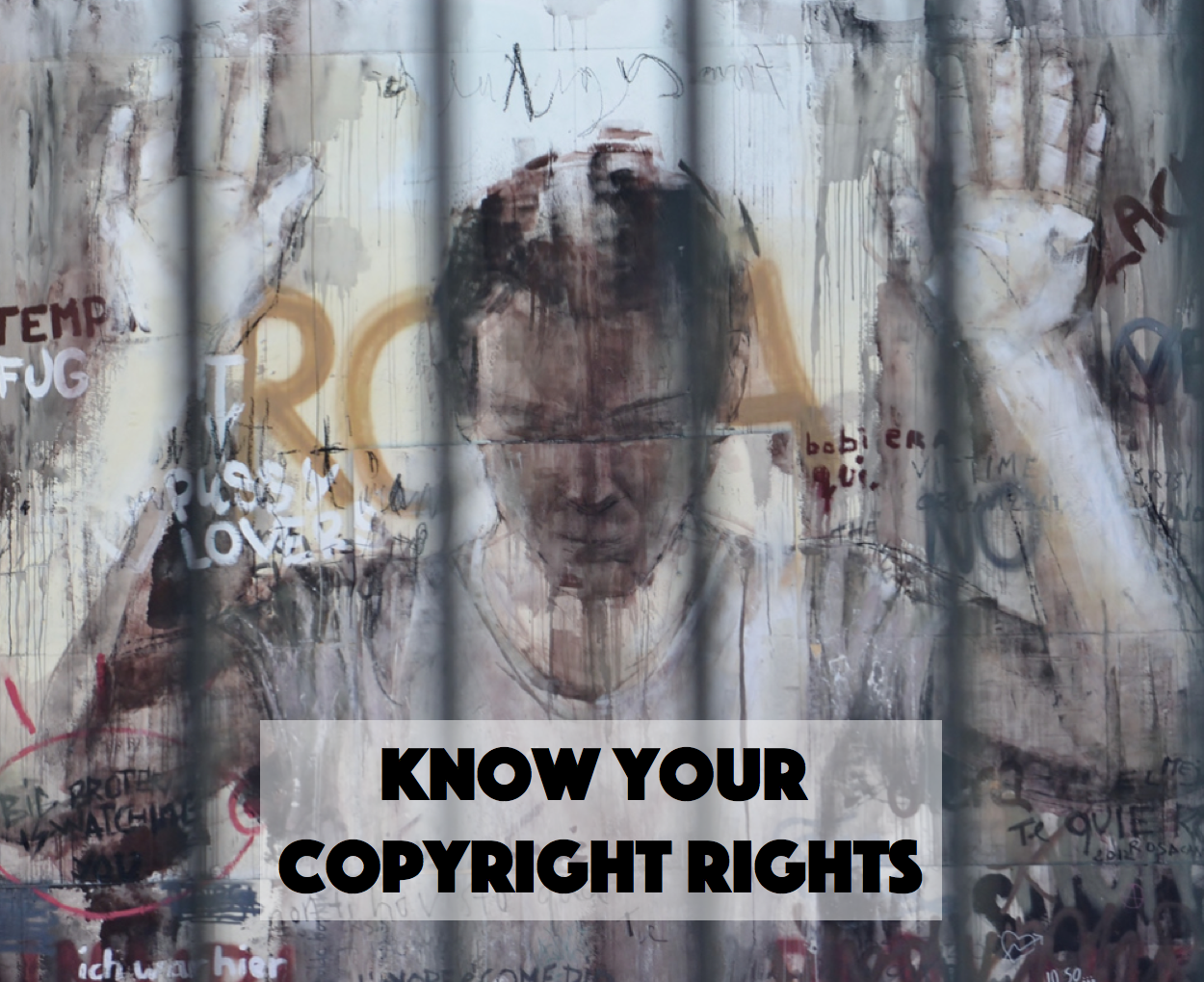
By Kerry Gorgone, {grow} Contributing Columnist
As an attorney, all I want is for my friends and colleagues to avoid legal hassles. All you want is to create effective content and score big with marketing campaigns. But the legal department keeps killing your mojo with their copyright concerns. Frustrating as this experience can be, it’s important realize that our mission as lawyers is not to ruin your fun. Our job is to protect you from unknown risks.
Know your copyright rights
Here’s a common scenario: You see a well-written, helpful article on a topic your audience would love. You want to share it on your own website. Many people think that copying the article, pasting it into a new post, and publishing it on their blog is legal, so long as they give the author credit and possibly a link. Those people are wrong (and they’re committing copyright infringement).
Along the same lines, let’s say you’ve written your own helpful article and need an eye-catching image to accompany the post. You search Google and find the perfect pic. DO NOT USE IT.
There are trolls out there who optimize their own copyrighted images for Google search just so they can threaten to sue people who use the images. They then extract a settlement (typically costing several thousand dollars) from the unfortunate blogger, company, or agency that used the image. True story!
The safest measure – do it yourself
Creating your own images takes a little time, but it’s easier than ever with smartphones and mobile apps at your disposal. Seriously! Snap a pic on your iPhone and use an app like Over to add text and voila—you have the perfect image!
If that’s too much work, license your images through a stock photo service. If you go this route, please keep careful records of which images you licensed. Companies like Getty Images are quick to issue nasty demand letters, and the responsibility for documenting licensing is yours.
Of course you can also curate content, but do so legally. Never copy/paste an entire article onto your blog. With or without credit, this is copyright infringement, not to mention rude. Think about it: by copy/pasting someone else’s content, you’re hijacking they’re search traffic. Not cool.
Here’s the right way to curate:
- Find something awesome that will be relevant to your audience
- Write an introduction explaining why you think this awesome something is worth your audience’s time
- Share a link to the awesome something
That’s it! Simple, no? If the awesome content you want to share is video content, link to the original source rather than re-uploading the video to your own site.
You can choose to embed (most sites like YouTube give you the code for that), but make sure that the way it’s displayed makes it clear the video isn’t your own original work. If the title and author of the video doesn’t pull in with the embedded video, forget embedding the video and link instead.
Mind the memes
Lawyers know memes are cool. We even share them on our personal feeds when we’re feeling especially bold. But technically memes and gifs made with other people’s content are copyright infringement.
Organizations like the NFL are incredibly vigilant in policing their ban on memes and gifs (even though many consider this type of ban a losing battle). When posting on behalf your brand or a client’s, don’t use memes and gifs made from movies, sporting events, video games, etc. They’re just not worth the risk!
Of course you can easily create gifs and memes using your own content. Apps and sites for generating these abound. So please grant my Christmas wish early: make your own content, avoid infringing copyrights, and send chocolate.
But be warned: you could become 2017’s biggest viral sensation. Are you ready for that?

Kerry O’Shea Gorgone is a writer, lawyer, speaker and educator. She’s also Senior Program Manager, Enterprise Learning, at MarketingProfs. Kerry hosts the weekly Marketing Smarts podcast. Find Kerry on Twitter.
Illustration courtesy Flickr CC and Federica Silvo


